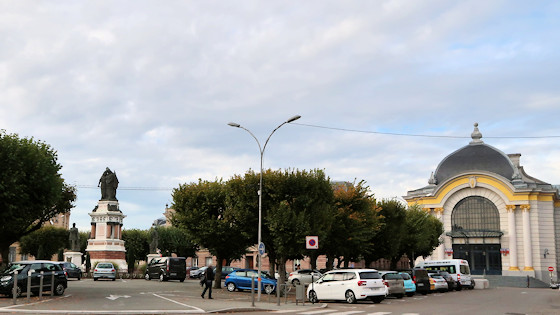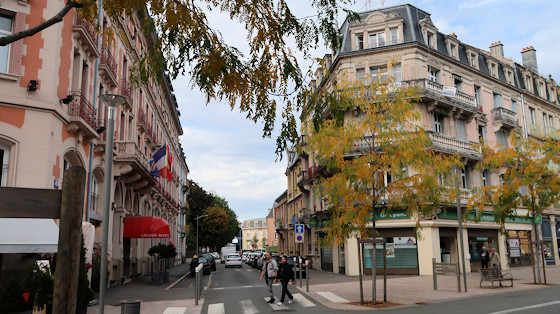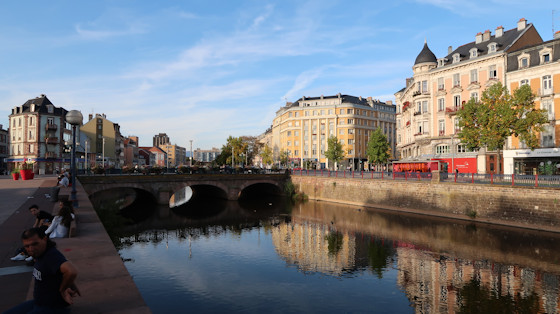The city of Belfort
was once of great strategic importance due to its location in the Burgundian Gate. Until the Peace of Westphalia in 1648, French-speaking Belfort belonged to the Alsatian Sundgau and the Holy Roman Empire, then to France. In 1686-1703, the town's citadel was expanded into a fortress by Vauban on the orders of Louis XIV, the town was walled in and provided with a large number of defence towers that are still preserved today. In 1813-1814, the fortress withstood the siege of the coalition army of Austrians, Bavarians and Russians for 113 days under the commander Legrand. In June/July 1815, General Lecourbe successfully resisted an army of 40,000 Austrians with 8,000 men. In the Franco-Prussian War of 1870/71, the troops under Colonel Pierre Philippe Aristide Denfert-Rochereau withstood a siege by Prussia for 103 days; only on the express order of the French government were the fortress and city surrendered to the enemy troops in February 1871. In the peace treaty of Frankfurt, Alsace and Lorraine were ceded to the German Reich, while Belfort remained with France.
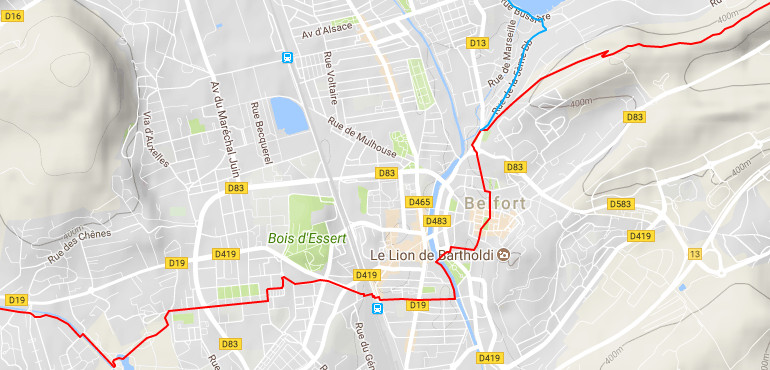
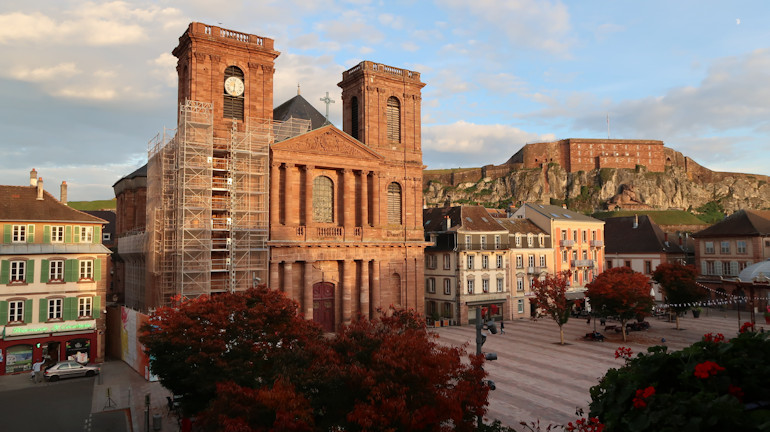
The church of Saint-Christophe de Belfort was built of Vosges sandstone on the Place d'Armes between 1727 and 1752, declared a "Temple of Reason" during the French Revolution and elevated to cathedral status with the establishment of the Belfort-Montbéliard diocese in 1979.


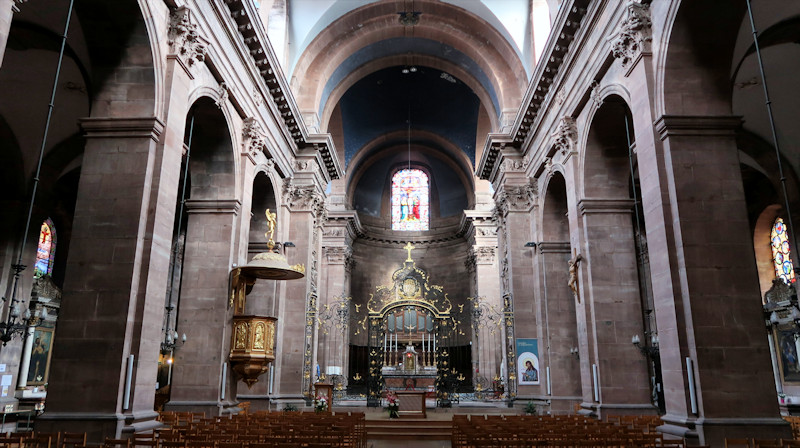
Interior view, the omnipresent statue of St. Thérèse of Lisieux and the pilgrims' stamp
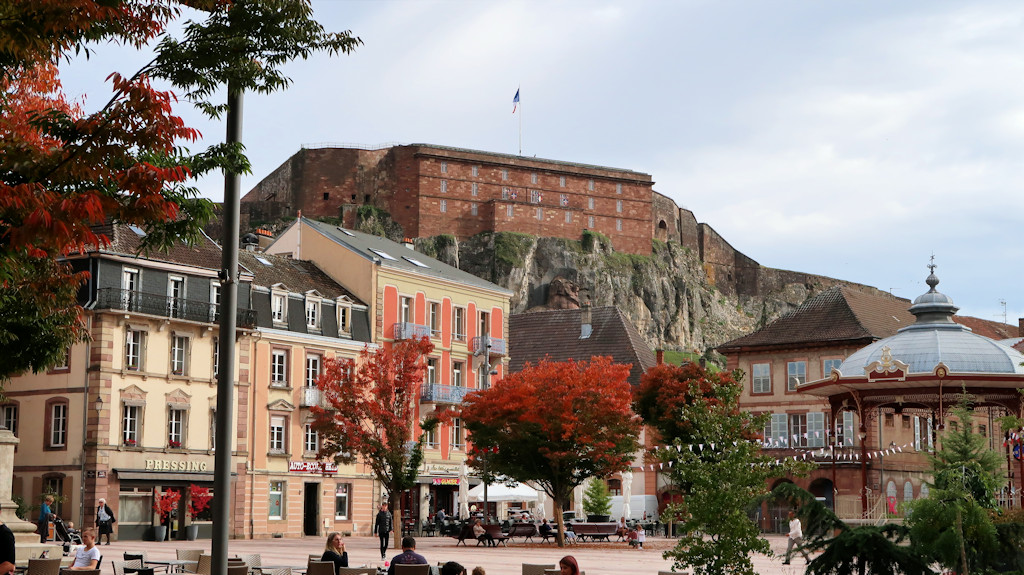
This beautiful autumn picture of the Place d'Armes can be enlarged. Enlarge the browser window and click on the picture!
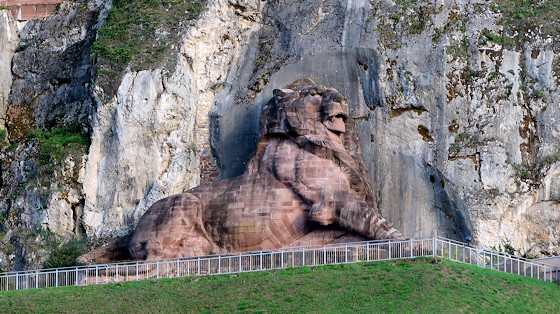
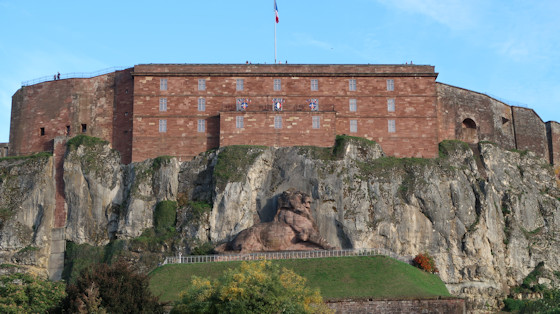
The Citadel and the Lion of Bartholdi

